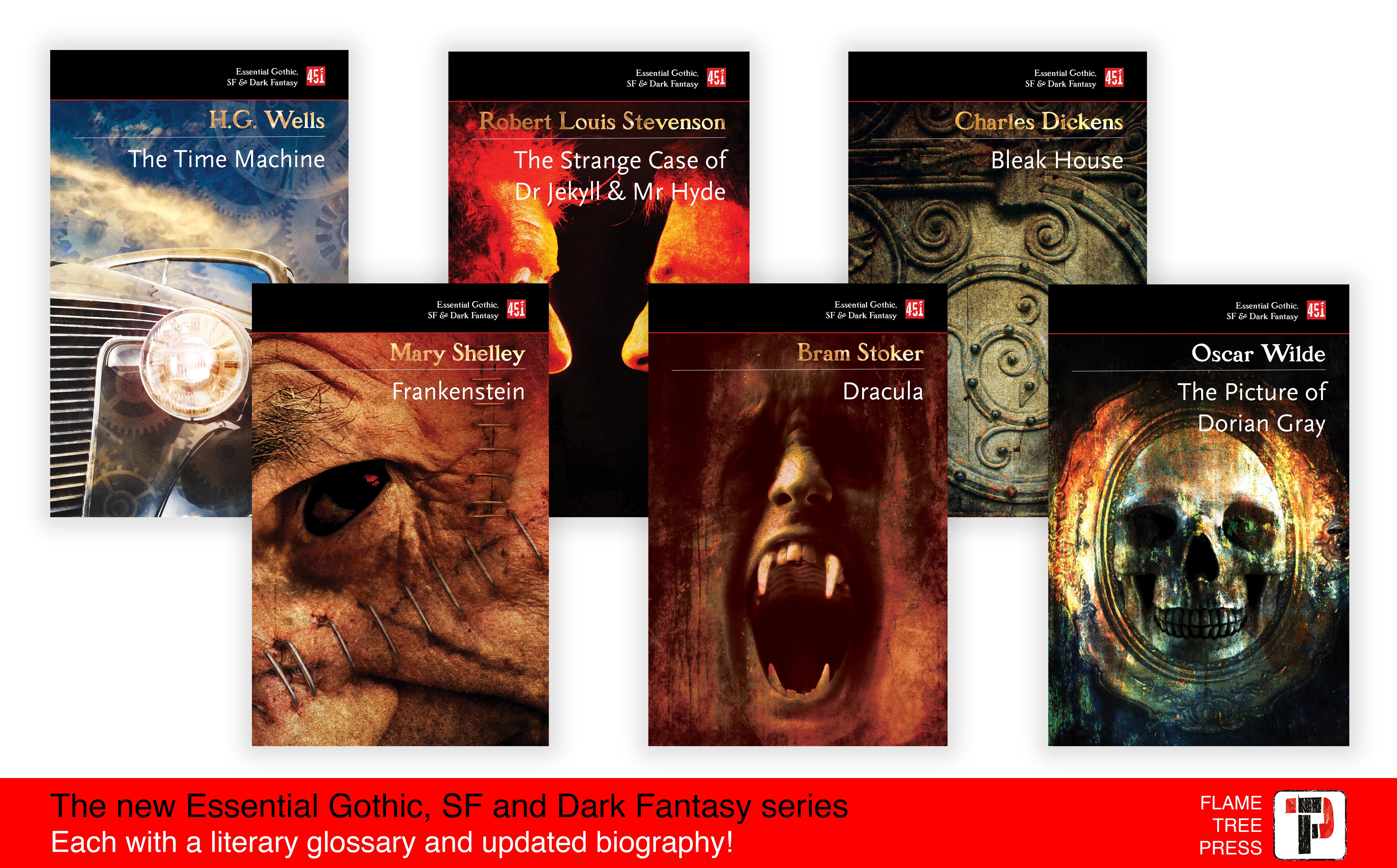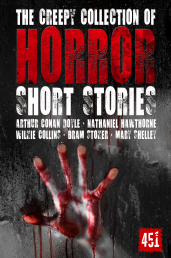Often, the best way to understand a text is to understand the context in which it was written. A central part of this involves the story of the writers themselves. As such, learning about their lives, or what led to their writing of a text, can be very important in fully appreciating what they wrote. In our new editions of essential Gothic, Sci-Fi and Dark Fantasy books, we have included biographies of the authors so you can learn more about them and see how their life may have affected the tales they told. We thought, for this week’s blog, we would pick out singular moments in each author’s life that highlight the influence their background might have had on their work…
Bram Stoker (1847–1912)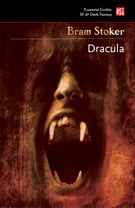
Dracula
Born in Dublin, Ireland, Abraham ‘Bram’ Stoker was riddled with a mystery illness for much of his early life that left him bedridden. It was during this period that a young Stoker became engrossed in tales of disease, illness and the depiction of misery in stories. His own illness was alleviated in his teenage years and Stoker went on to study mathematics at university, excelling not only in his subject but in several sports teams too. Maybe it was in bed as a sickly youth that Stoker conceived of his genre-defining character who was kept inside all day…
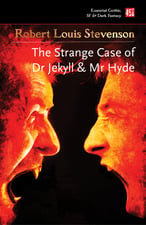 Robert Louis Stevenson (1850–94)
Robert Louis Stevenson (1850–94)
The Strange Case of Dr Jekyll & Mr Hyde
Robert Louis Balfour Stevenson was born at the height of the British Empire. The son of a prestigious civil engineer and the grandson of a professor of moral philosophy at Edinburgh University, much was expected from Stevenson. He spent his early years ill and was unable to join his peers at school. Instead he spent this time reading and fell in love with the arts, much to the dismay of his father who wanted him to be an engineer or scientist. It should also be said that Edinburgh, the city of Stevenson’s birth, was wrapped in a deep duality: the ambitious drive of empire and the secret parts of the city built on despair and criminality. Maybe a combination of these could have lead to the split in the personality of one of Stevenson’s most famous characters…
Charles Dickens (1812–70)
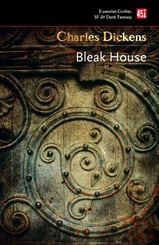
Bleak House
It is no secret that Charles John Huffam Dickens wrote his own experiences into his texts. Dickens drew on places he went and people he met to build worlds that appear very realistic, but always left room for enhancement to create fantastical edges to his storytelling. A good example of this can be found in the setting for Bleak House where two residences lie in contention. The first is in St Albans, Hertfordshire, where he wrote parts of the book. It makes sense that the house would be here and it has been suggested that an eighteenth century house on Folly Lane (since dubbed ‘Bleak House’) could be the inspiration. Elsewhere, in Broadstairs, there is a house that shares this claim, and has also been renamed to reflect the association. Originally named ‘Fort House’, Dickens spent time there every summer and, while there is no strong evidence, it is a possibility that he was inspired by the house’s look. What is for sure is that the lack of certainty highlights the way in which Dickens builds worlds that seem so real but leave you unsure if or where they are…
 H.G. Wells (1866–1946)
H.G. Wells (1866–1946)
The Time Machine
A defining moment in the life of Herbert George Wells came in 1874 when an accident left him with a broken leg. Confined to his bed, Wells spent his time reading books that his father would bring him from the local library. These books spurred an interest in the ability to live in other worlds, although the term ‘other worlds’ did not mean what it would once Wells was done leaving his mark on the genre of Science Fiction. The notion that one could escape into a book and come out the other side having lived the life of another person excited Wells and was clearly a defining feature across most of his work…
Oscar Wilde (1854–1900)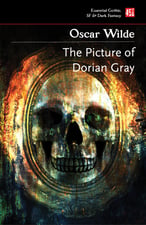
The Picture of Dorian Gray
Born and educated in Dublin, Ireland, Oscar Fingall O’Flahertie Wills Wilde left for Oxford to read Greats as a subject at university. As he excelled in his subject he began to spend more time in London society, and it is the combination of his studies and this time in Victorian London that would shape much of Wilde’s writing. His observation of Victorian London built two strong feeling within him that can clearly be seen in his work. The first was a notion of ‘art for arts sake’: this can be seen quite prevalently in his style of writing, in particular his more comedic writing. The second was the superficiality of the era: it was not about deeds but appearances. The hypocrisy he found in this society, which valued the image over the action, manifests itself in a character whose beauty only remains due to destruction elsewhere…
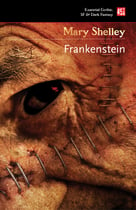 Mary Wollstonecraft Shelley (1797–1851)
Mary Wollstonecraft Shelley (1797–1851)
Frankenstein
One of the key aspects of Frankenstein is its use of Galvanism and re-animation. It was at the forefront of scientific research at the time and heavily contributes to what makes Frankenstein the ‘first science fiction novel’, but where did Shelley learn about these techniques of re-animation? The leading electrical researchers of the era, Humphry Davy and William Nicholson, were both friends with her father, William Godwin. This, coupled with broad tutoring from her father, gave Shelley a wide set of interests and in particular led her interests down the paths of science and morality. These subjects intersect throughout much of her writing but really blend seamlessly in her most famous work, Frankenstein…
Pick up one of the these new editions from our Essential Gothic, SF and Dark Fantasy series. Each comes with a literary glossary and a new and updated biography...